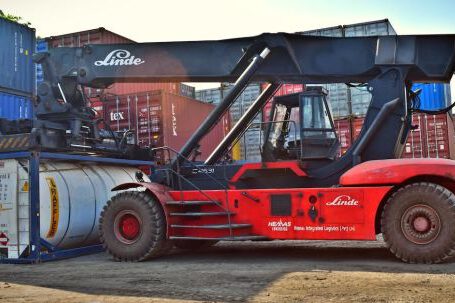Safety helmets are an essential piece of protective equipment for a wide range of activities, from cycling to construction. With a range of designs and features, they are capable of providing a high level of protection against a variety of head injuries. However, the science behind how safety helmets work is often misunderstood. Understanding the science behind safety helmets is essential for choosing the right helmet for the job and ensuring that it will provide adequate protection.
Types of Safety Helmets
Safety helmets come in a variety of styles, based on the type of activity they are intended for. For instance, cycling helmets are designed to provide protection against impacts to the head from falls or collisions with other cyclists. Construction helmets, on the other hand, are designed to protect against falling objects or debris. Each type of helmet has a different design and features, and it is important to choose the right helmet for the activity in order to ensure adequate protection.
How Safety Helmets Work
Safety helmets are designed to absorb and dissipate the forces of an impact, thus preventing or reducing damage to the head. This is done by the combination of three key components: an outer shell, a liner, and a suspension system. The outer shell is typically made of a hard, durable material such as plastic or fiberglass. This provides the initial resistance to impact, and is designed to spread the force of the impact over a larger area.
The liner is typically made from a softer material such as foam or polystyrene. This material is designed to absorb some of the force of the impact, reducing the amount of force that is transmitted to the head. This is known as the “crumple zone” effect. The suspension system is the component that connects the liner and the outer shell, and helps to absorb the remaining force of the impact.
The combination of the outer shell, liner, and suspension system work together to absorb and dissipate the force of an impact, reducing the risk of injury to the head. In addition, most safety helmets also feature straps that help to keep the helmet securely in place, reducing the risk of it being dislodged during an impact.
Testing and Certification
Safety helmets are subject to rigorous testing and certification processes in order to ensure that they are capable of providing adequate protection. Testing typically involves dropping the helmet from a certain height and testing the degree to which the force of the impact is absorbed and dissipated. This testing is done in accordance with specific standards and protocols, and the helmets must pass the test in order to be certified.
In addition to testing, safety helmets are also required to meet certain criteria in terms of construction and design. This includes requirements for the thickness and type of outer shell material, the type of liner material, and the type of suspension system used. The combination of testing and certification ensures that safety helmets are capable of providing adequate protection against a range of head injuries.
Conclusion
Safety helmets are an essential piece of protective equipment for a wide range of activities. Understanding the science behind how safety helmets work is essential for choosing the right helmet for the job and ensuring that it will provide adequate protection. Safety helmets are designed to absorb and dissipate the forces of an impact, thus preventing or reducing damage to the head. This is done by the combination of three key components: an outer shell, a liner, and a suspension system. In addition, safety helmets must also meet certain criteria in terms of construction and design, and must pass rigorous testing and certification processes in order to be certified.






